

Max Davies
2026 Alfa Romeo Junior Ibrida review
23 Minutes Ago
This is the meanest, leanest Huracan yet. The 2021 Huracan STO is overtly race-inspired, and makes the Performante look a bit tame.

Contributor


Contributor
Building a ‘race car for the road’ is hard, but that hasn’t stopped Lamborghini from trying.
The new Huracan STO – or Super Trofeo Omologata – takes lessons from the Huracan Super Trofeo racer and puts them in a road-ready package.
Forget all-wheel drive, this bull sends all its power to the rear wheels. But don’t think this is a regular Huracan Evo RWD with a big bodykit strapped on.





The track is wider, the suspension bushings are stiffer, and there are unique anti-roll bars working with the latest adaptive damping system.
Gone is the adaptive steering system. The STO has a faster fixed-ratio setup, although it still has rear steering.
The big numbers are:

Aerodynamics are at the forefront of the STO. Up front, the snout is dominated by what Lamborghini calls a “cofango”, a one-piece bonnet and front fenders inspired by the Super Trofeo racer, and heavily revised intakes to feed more air to the central radiator.
The one-piece snout is shaped to send air around the front fenders and away from the turbulent wheel arches, while the pouty front splitter channels air to the redesigned underbody and more prominent rear diffuser.
Down back, there’s a redesigned rear section with a new NACA air intake helping remove static pressure losses, and a roof scoop to boot.

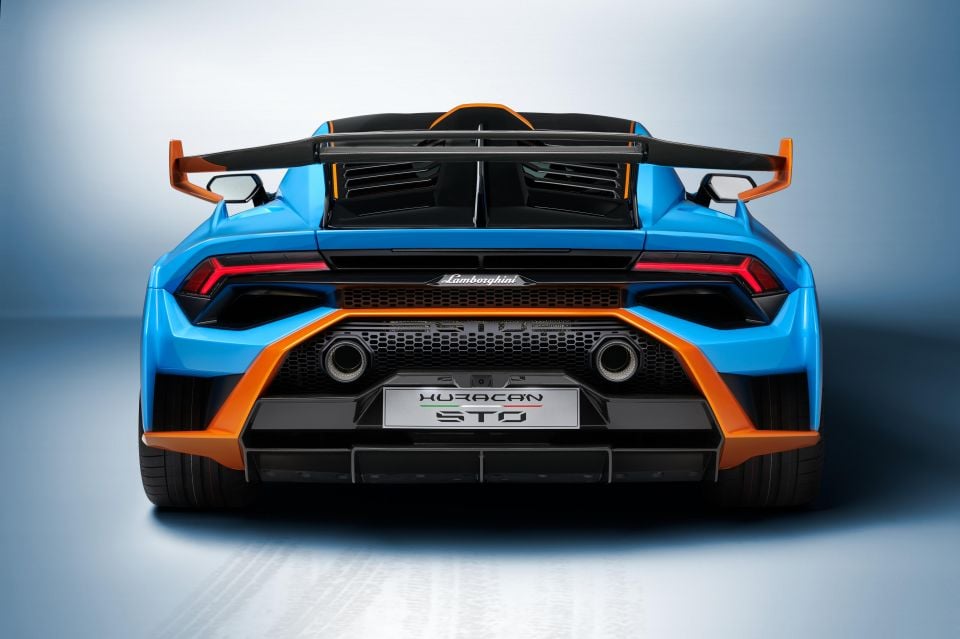

The shark fin helps to straighten out airflow onto the manually-adjustable rear wing, which has two elements that can be brought closer together to increase the “suction intensity” (yep, Lamborghini said that).
Compared to the Huracan Performante, itself a trailblazer for aerodynamics from Sant’Agata, the STO is 37 per cent more aerodynamically efficient and has 53 per cent more downforce.
It’s also 43kg lighter than the Performante, thanks to the use of carbon fibre for more than 75 per cent of its body panels. That carbon has been formed using an aerospace technique that Lamborghini says allows it to use significantly less material.
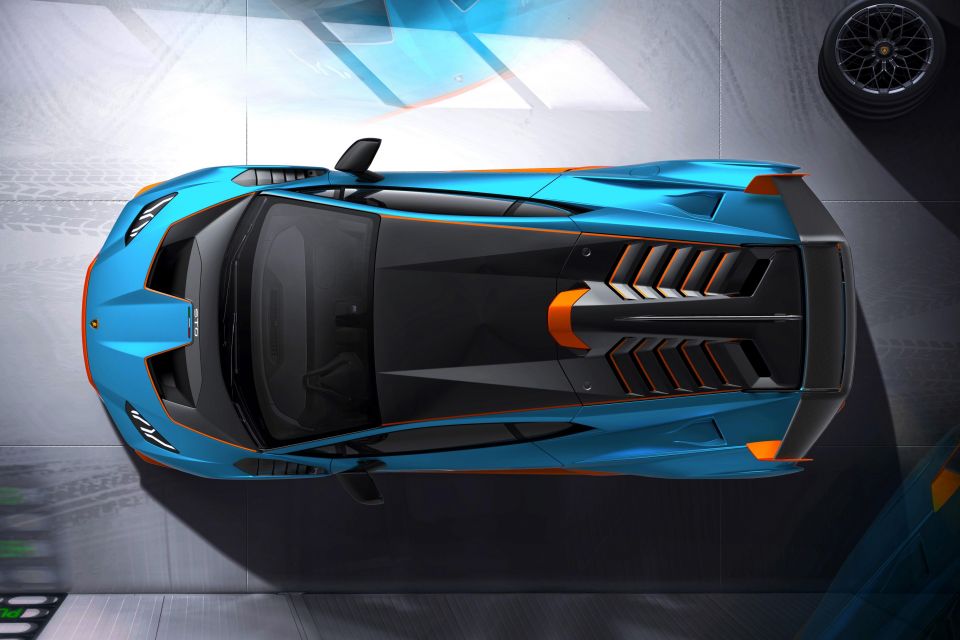

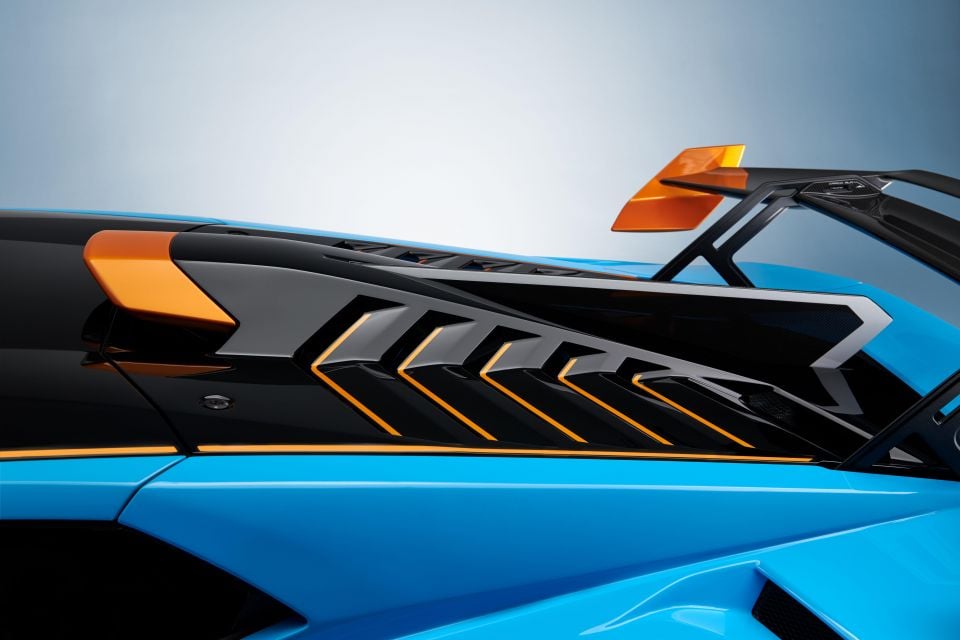
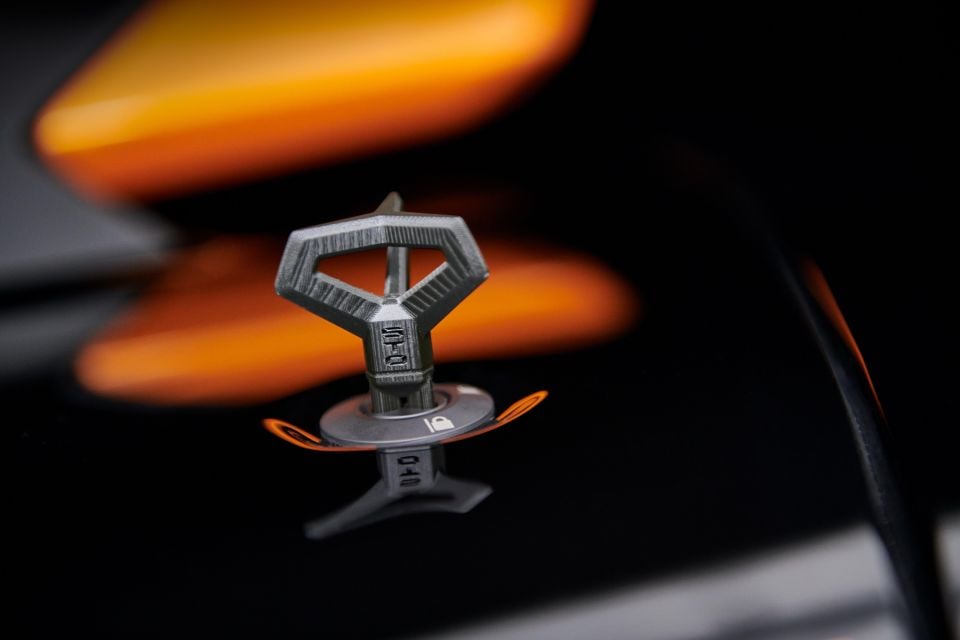
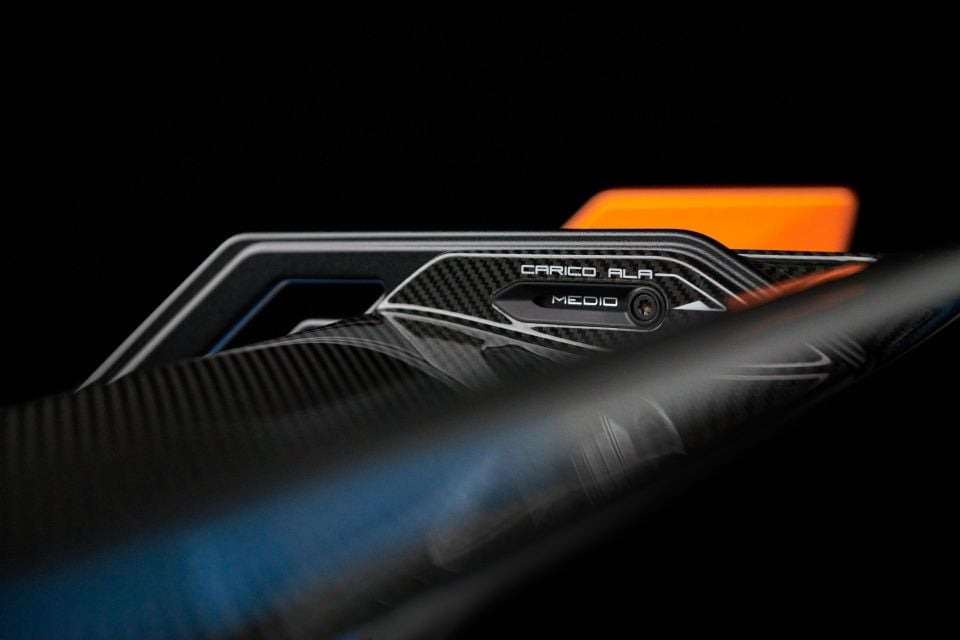
Even the windscreen is 20 per cent lighter than the unit fitted to the Performante, while those magnesium wheels are stronger and lighter than the aluminium equivalent.
Inside, the STO is predictably stripped-back. There’s carbon fibre everywhere, from the floor mats to the door panels, while the race seats are made of carbon and feature four-point harnesses.
The rear is home to storage for crash helmets and mountings for the harnesses, hidden beneath an arch developed by Akrapovic.


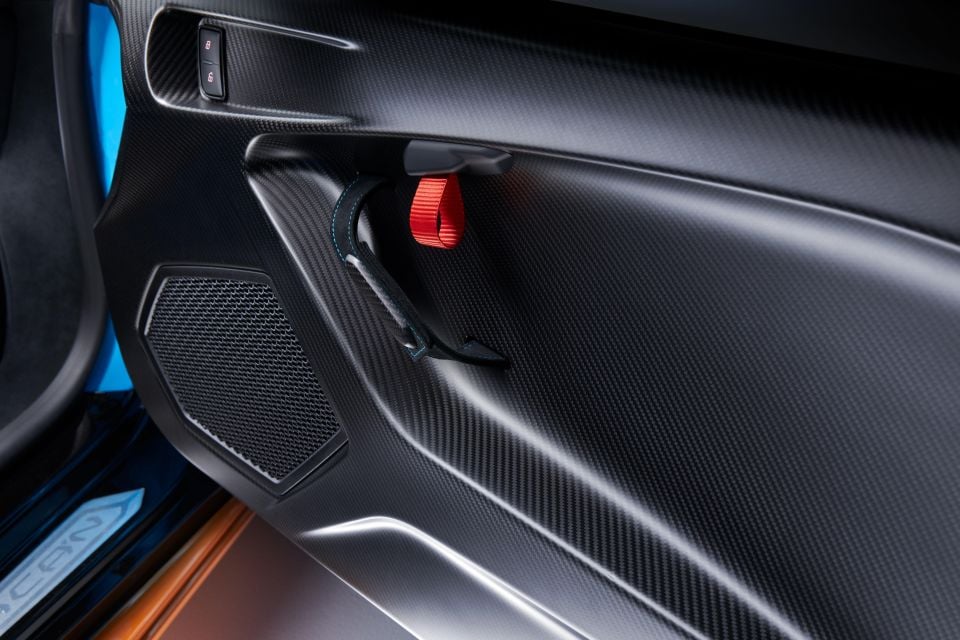
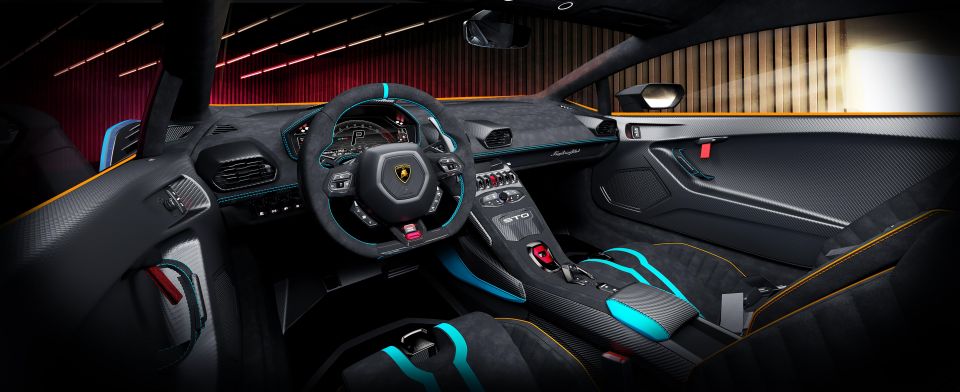

The infotainment system has been tweaked with new graphics and a full track telemetry system, naturally.
Where expert car reviews meet expert car buying – CarExpert gives you trusted advice, personalised service and real savings on your next new car.
Scott Collie is an automotive journalist based in Melbourne, Australia. Scott studied journalism at RMIT University and, after a lifelong obsession with everything automotive, started covering the car industry shortly afterwards. He has a passion for travel, and is an avid Melbourne Demons supporter.


Max Davies
23 Minutes Ago


Derek Fung
2 Hours Ago


Derek Fung
3 Hours Ago


Marton Pettendy
9 Hours Ago


James Wong
14 Hours Ago


Max Davies
16 Hours Ago